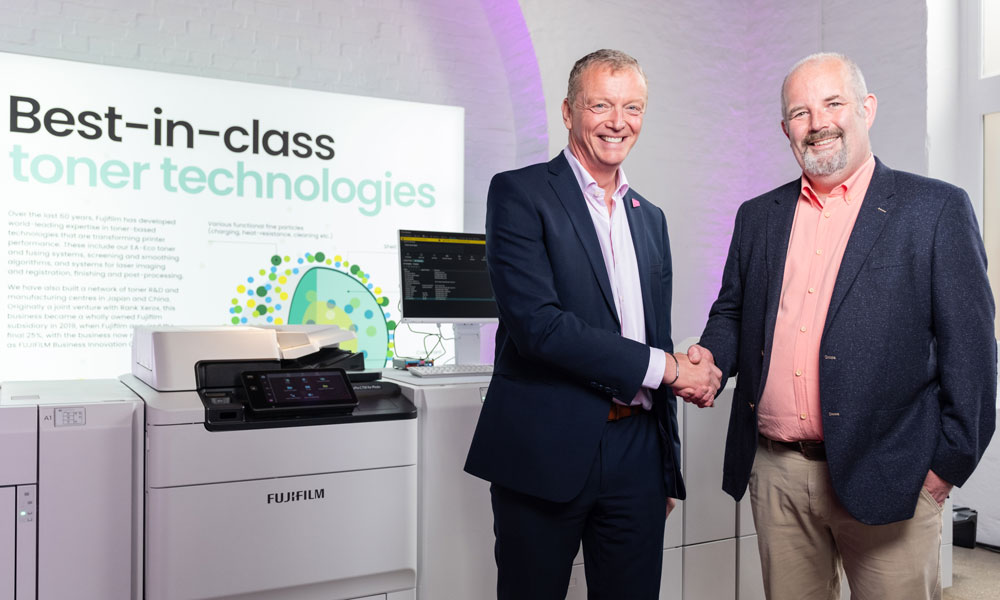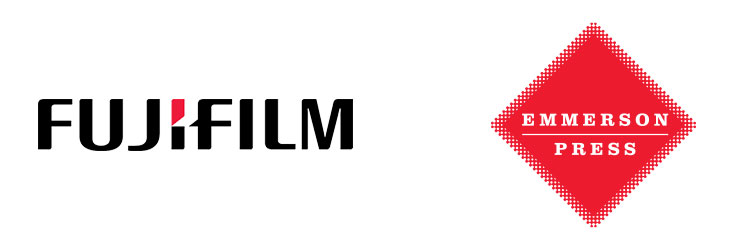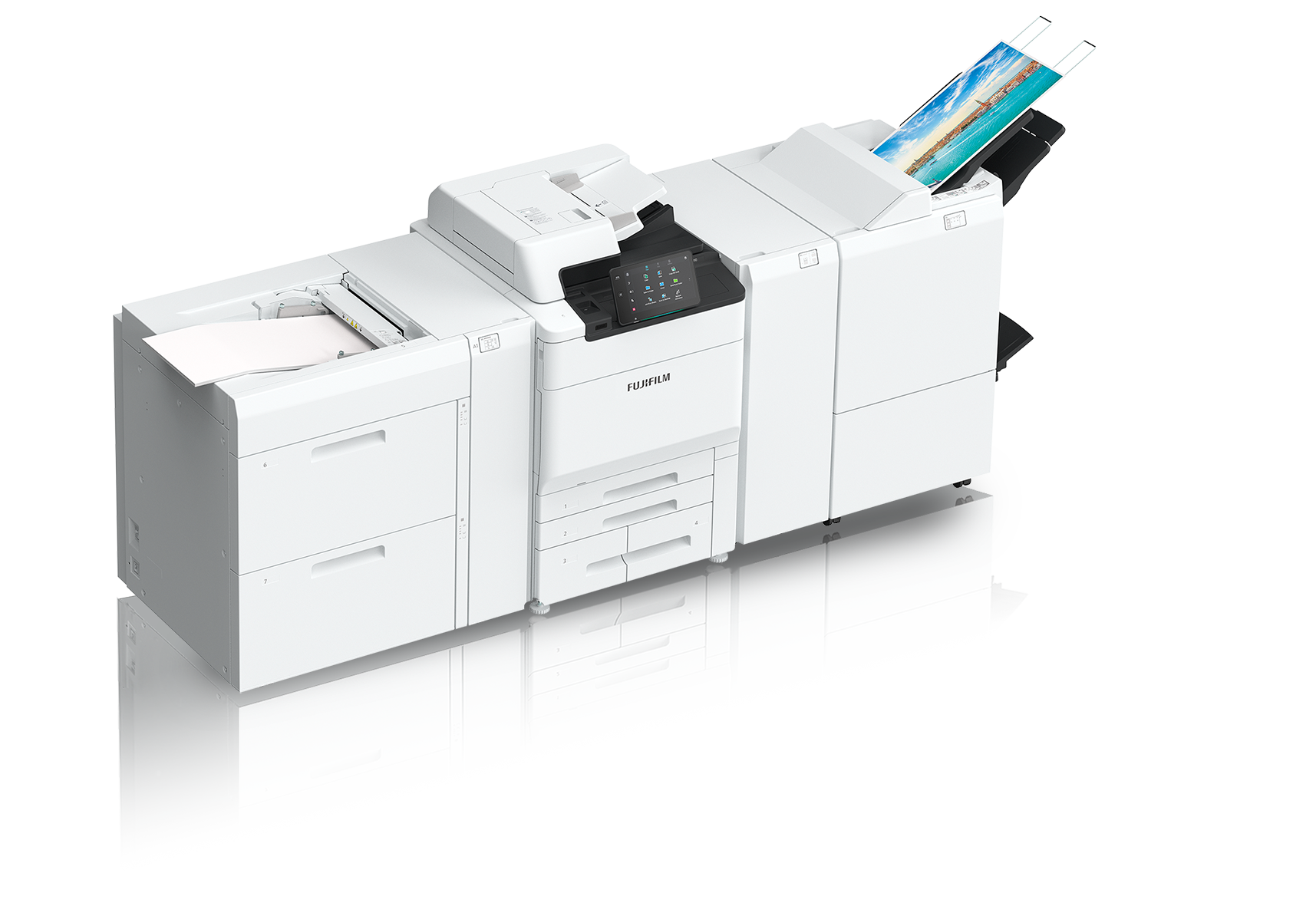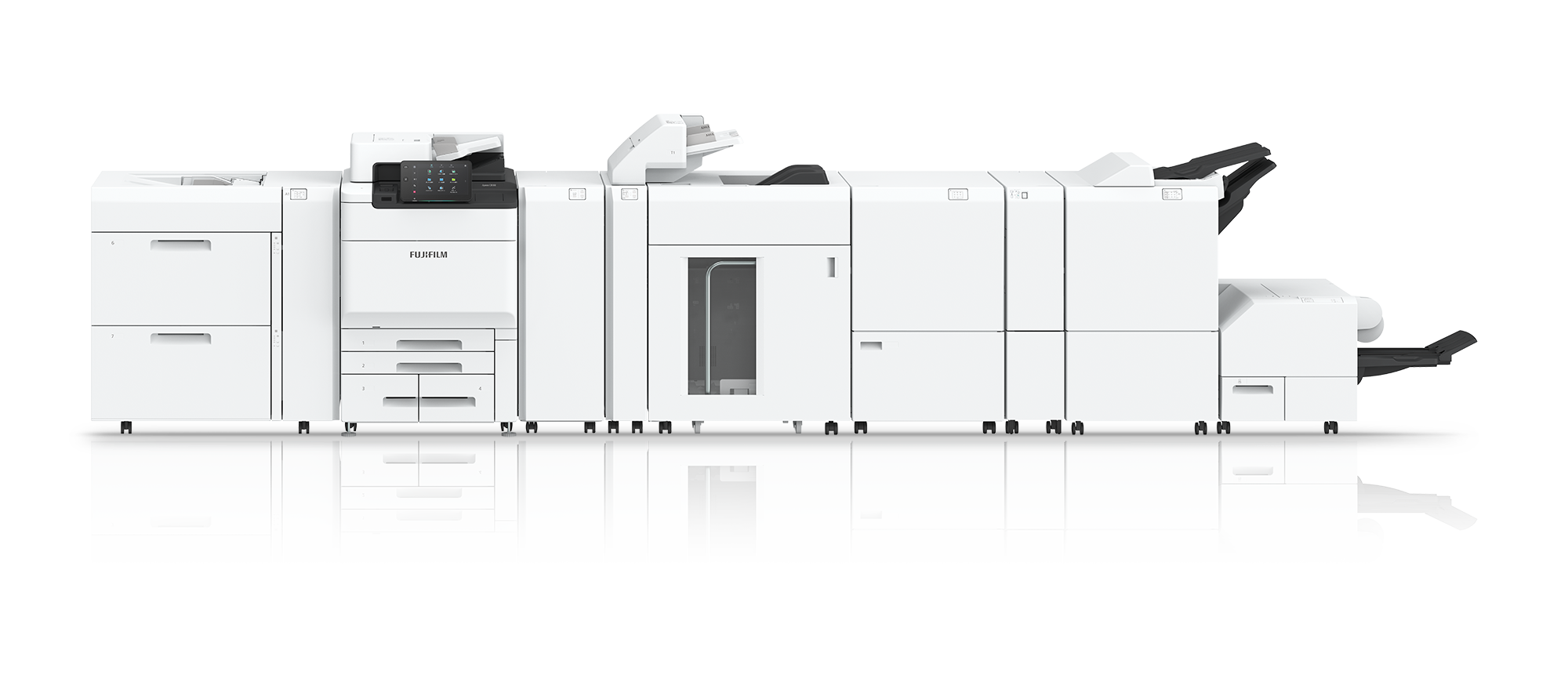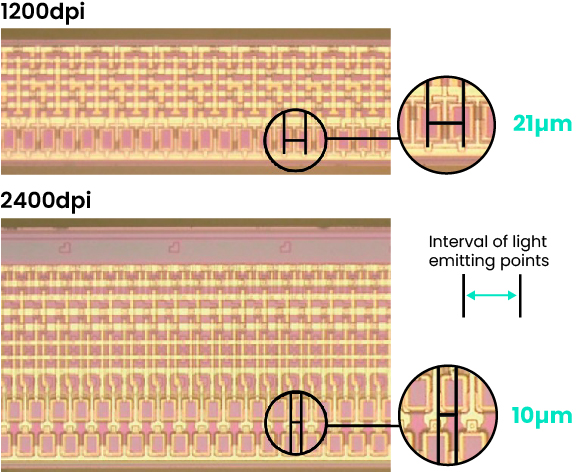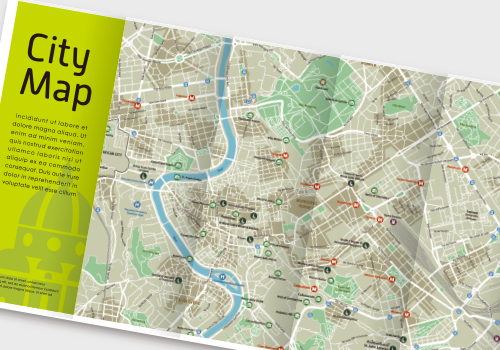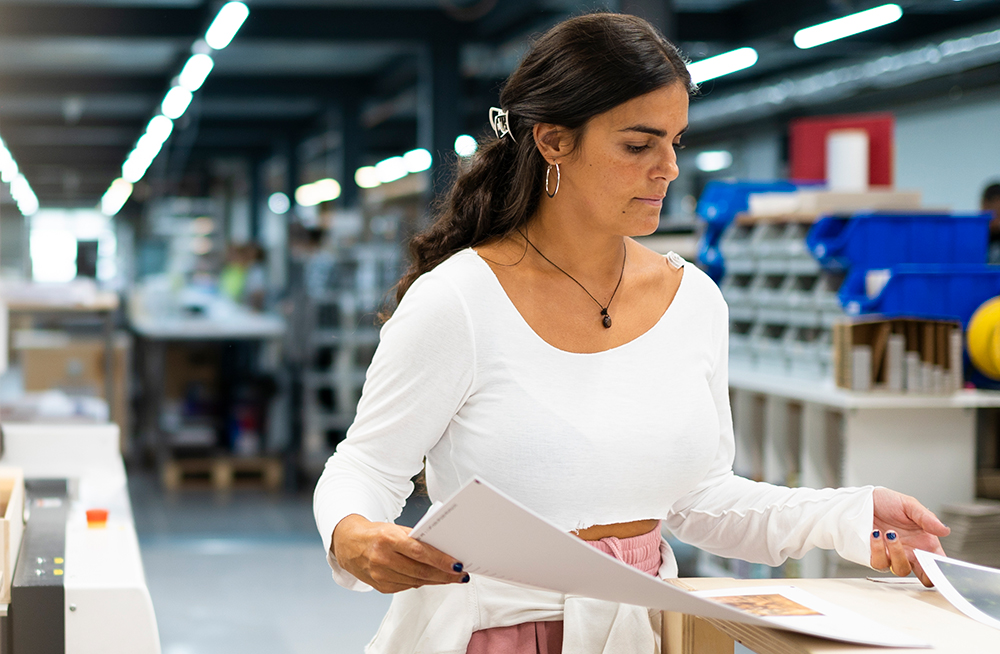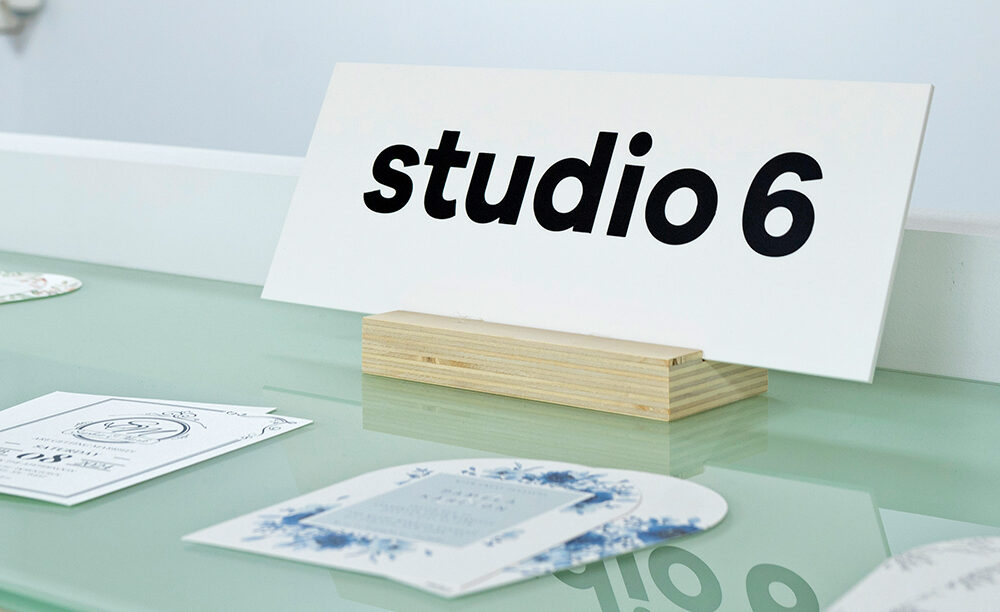Caso de éxito
EA Printing mira al futuro con su inversión en la Fujifilm Revoria Press PC1120
Tiempo de leer: 7 minutos

In Fujifilm, we now have the support of a tight-knit, knowledgeable and highly professional team to help us.
Matt Saulsbury | EA Printing
Ver el vídeo
Destacados
- EA Printing invierte en la Revoria Press PC1120 lo que les permite aumentar su oferta de impresión a los clientes.
- El copropietario, Matt Saulsbury, considera que la inversión en la prensa digital y la asociación con Fujifilm son pasos positivos para el futuro de la empresa.
- La compañía de impresión digital trabaja con un gran número de grandes marcas británicas y mundiales para ofrecer un amplio intervalo de servicios.
- La prensa dispone de un avanzado motor de impresión con 10 colores, incluyendo oro, plata, blanco, rosa y transparente, fácilmente configurables en seis estaciones.
- Aparte de los colores especiales, EA Printing ha notado una mejora en la productividad y la calidad en comparación con su prensa anterior.
- EA Printing está planeando jornadas de puertas abiertas para que las agencias creativas acudan a ver el potencial creativo de los colores y efectos especiales que ahora pueden ofrecer.
EA Printing, una pequeña empresa en términos de tamaño, con sede en Leicestershire, trabaja con un gran número de grandes marcas británicas y mundiales, tanto directamente como a través de agencias creativas. EA Printing, que ofrece un amplio intervalo de servicios, desde la impresión digital hasta el gran formato, la tipografía, el troquelado, el gofrado y el estampado en relieve, está especializada en trabajos complejos y conceptuales que a sus clientes les resulta difícil conseguir en otro lugar. Con la necesidad de sustituir un dispositivo de tóner que llegaba al final de su vida útil, los propietarios, Matt Saulsbury y David Kennedy, consideraron varias opciones antes de optar por la Revoria Press PC1120.

Saulsbury comenta: «Nunca antes habíamos tratado con Fujifilm, porque hasta hace poco no habían estado involucrados directamente en el mercado del tóner en el Reino Unido. Aunque, por supuesto, como todo el mundo sabe, las prensas digitales de tóner fabricadas por Fujifilm existen desde hace mucho tiempo, nosotros mismos tuvimos una durante varios años. Siempre me había impresionado mucho la tecnología, así que cuando empecé a ver algunos artículos en la prensa especializada sobre la entrada de Fujifilm en el mercado del tóner directamente en el Reino Unido, enseguida llamó mi atención. Conozco la calidad de sus productos y me gustó la idea de trabajar directamente con ellos.
«Al final, fue la visita de un representante de ventas de gran formato de Fujifilm lo que realmente puso el balón en movimiento. Vino a hablarnos de formato ancho, pero enseguida nos pusimos a hablar de la Revoria, y todo partió de ahí.
«Nos planteamos otras opciones, incluida la de seguir con nuestro proveedor actual, pero en última instancia decidimos que teníamos que aprovechar la oportunidad de invertir en algo que nos iba a ayudar a diferenciar nuestra oferta y a hacer crecer nuestro negocio, en lugar de quedarnos estancados y seguir haciendo lo que veníamos haciendo. Una vez tomada la decisión, la elección fue obvia».
La Revoria Press PC1120 de EA Printing se instaló a finales de diciembre de 2023 y se puso a trabajar rápidamente, a principios de enero ya estaba en marcha. «Trabajaba sin descanso», continúa Saulsbury. «Incluso antes de que estuviéramos completamente formados en su uso, nos llegaban trabajos. Nos gustó mucho que tuviera la opción de tinta blanca, ya que ahora recibimos muchas peticiones para imprimir en cartón oscuro o de color. También vimos inmediatamente el potencial de las opciones de tinta dorada y plateada que nos permiten aceptar trabajos de gran valor con efectos metálicos. Pero, para nuestra sorpresa, la mayor ventaja hasta ahora ha sido la tinta rosa, que ya nos ha hecho ganar algunos trabajos para tarjetas de felicitación. La agencia creativa que contrató las tarjetas de felicitación necesitaba un proveedor de impresión que pudiera producir colores fluorescentes, y el rosa fluorescente que podemos conseguir con la PC1120 era exactamente el que necesitaban.
«La otra ventaja del rosa, desde un punto de vista mucho más práctico, es que ahora podemos igualar muchos más colores Pantone que antes. Siempre vienen clientes que nos traen colores algo inusuales y nos preguntan si podemos igualarlos. Con el rosa, ahora podemos hacerlo mucho más que antes».
Con todo lo que la empresa puede ofrecer ahora, EA Printing está planeando unas jornadas de puertas abiertas para que las agencias creativas vayan a ver el potencial creativo de los colores y efectos especiales que ahora se ofrecen. Aparte de los colores especiales, Saulsbury también destaca la mejora de la productividad y la calidad que están notando en comparación con su prensa anterior.
«La calidad me ha sorprendido», confiesa Saulsbury. «Sabía que era un paso adelante con respecto a lo que teníamos antes, pero no esperaba que ese paso adelante fuera tan grande como lo ha sido. Lo hemos notado mucho y los clientes también nos lo han comentado.
En un mercado difícil, Saulsbury confía en las perspectivas de su propia empresa y considera que su nueva inversión y su asociación con Fujifilm son pasos positivos para afrontar ese futuro.
Soluciones de impresión comercial
Un socio para lo mejor en inyección de tinta y tóner. Descubra nuestra gama completa de prensas digitales, así como artículos e historias de los clientes que se benefician de sus inversiones en tecnología digital Fujifilm.
Descubre la gama comercial
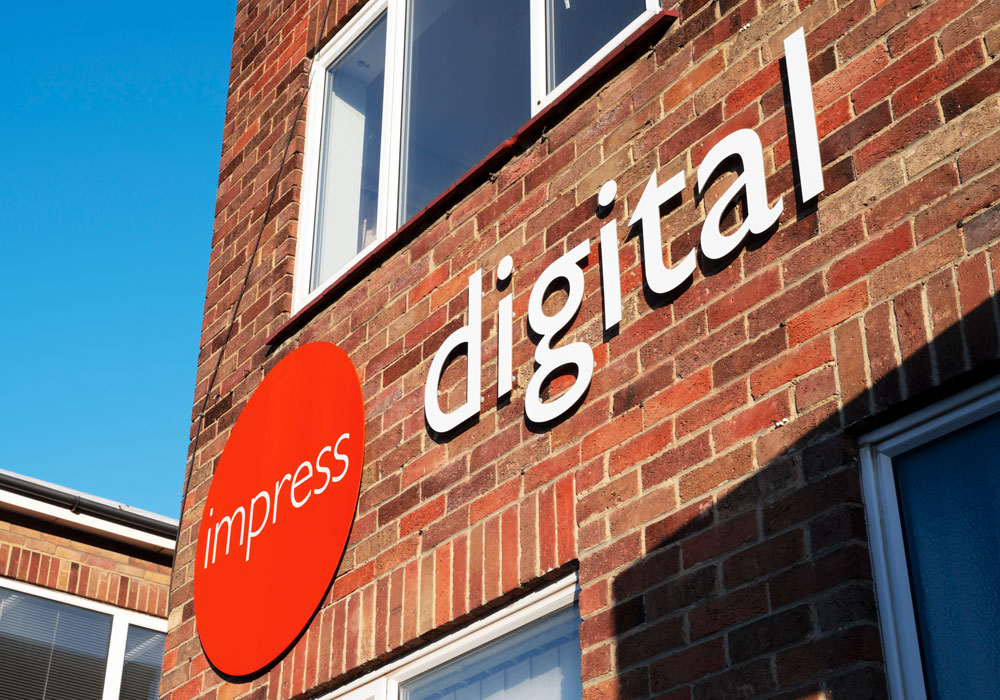

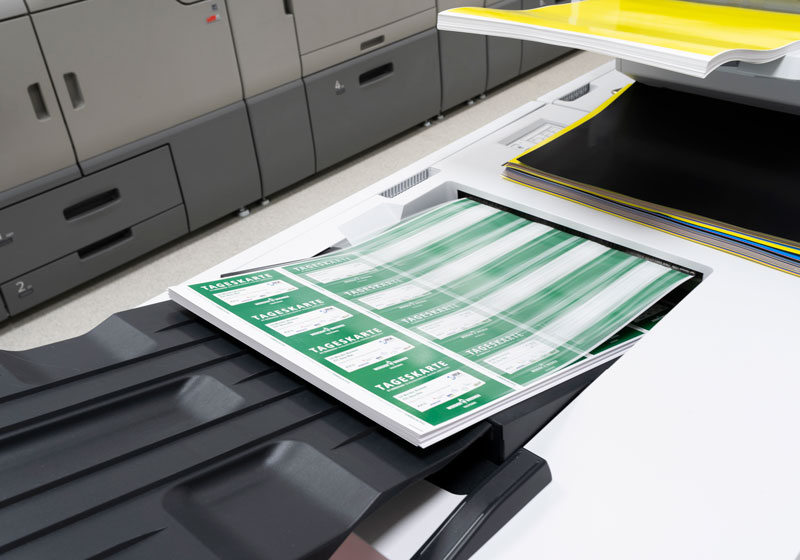
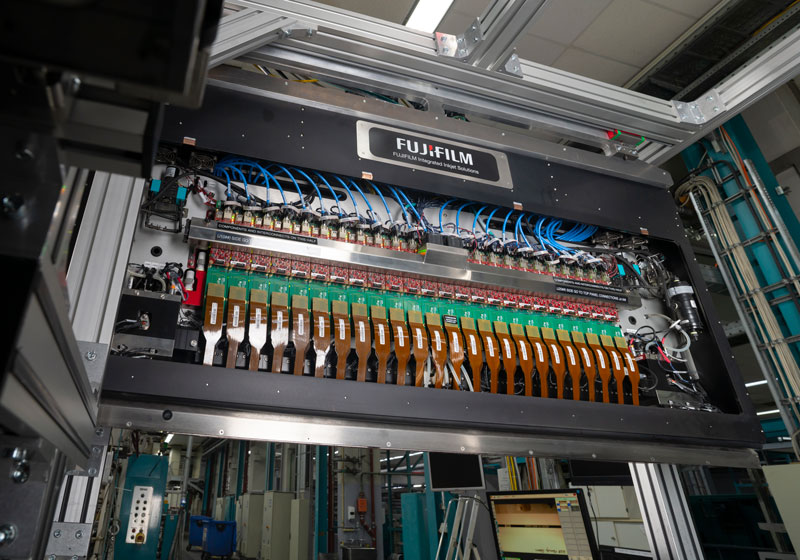
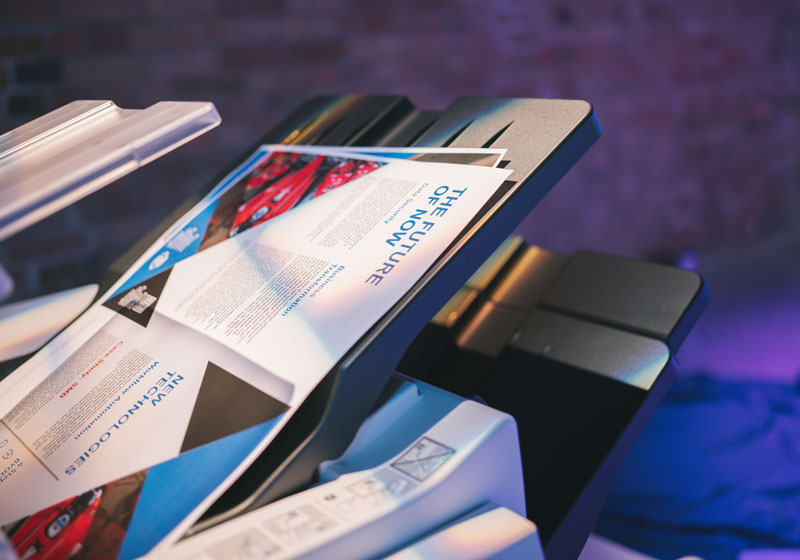

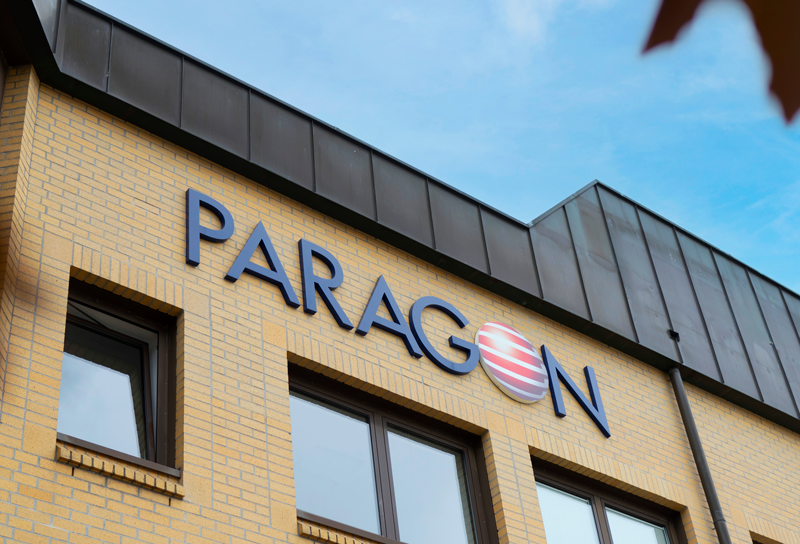


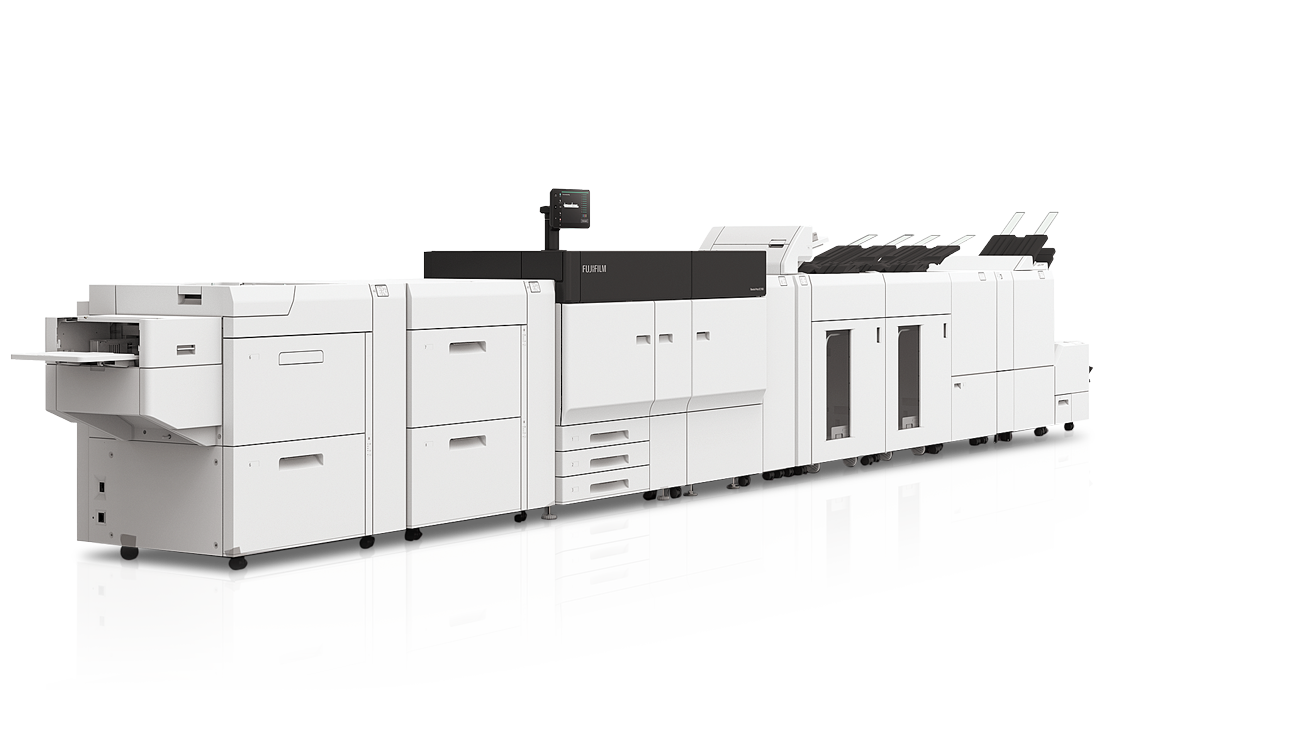

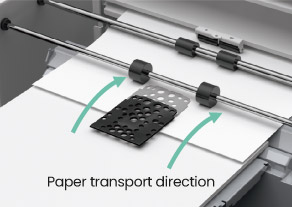

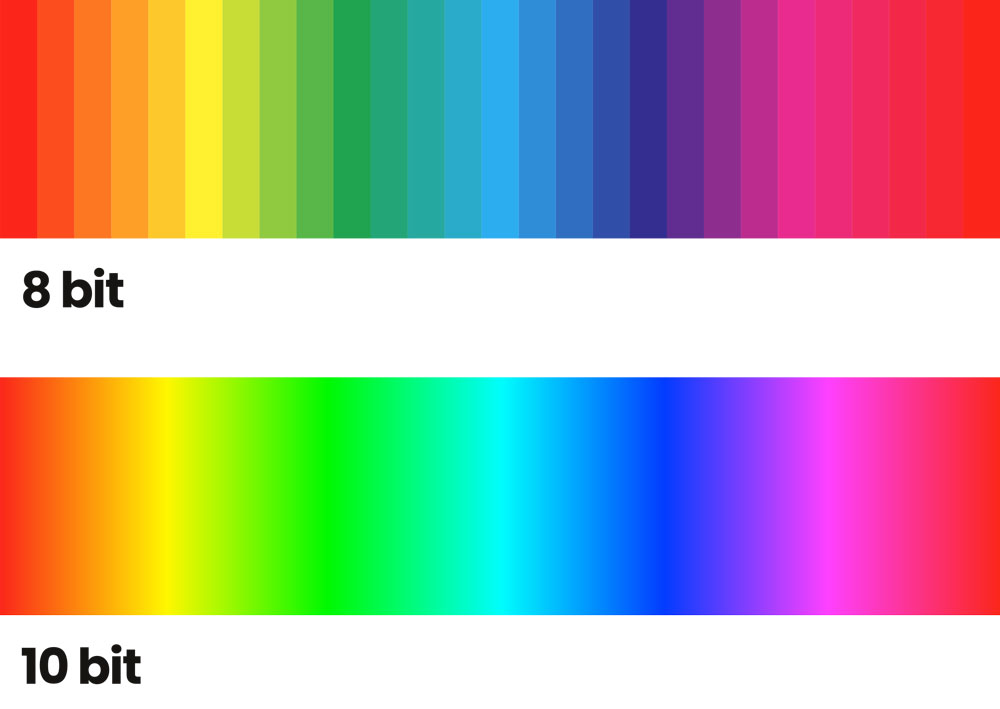

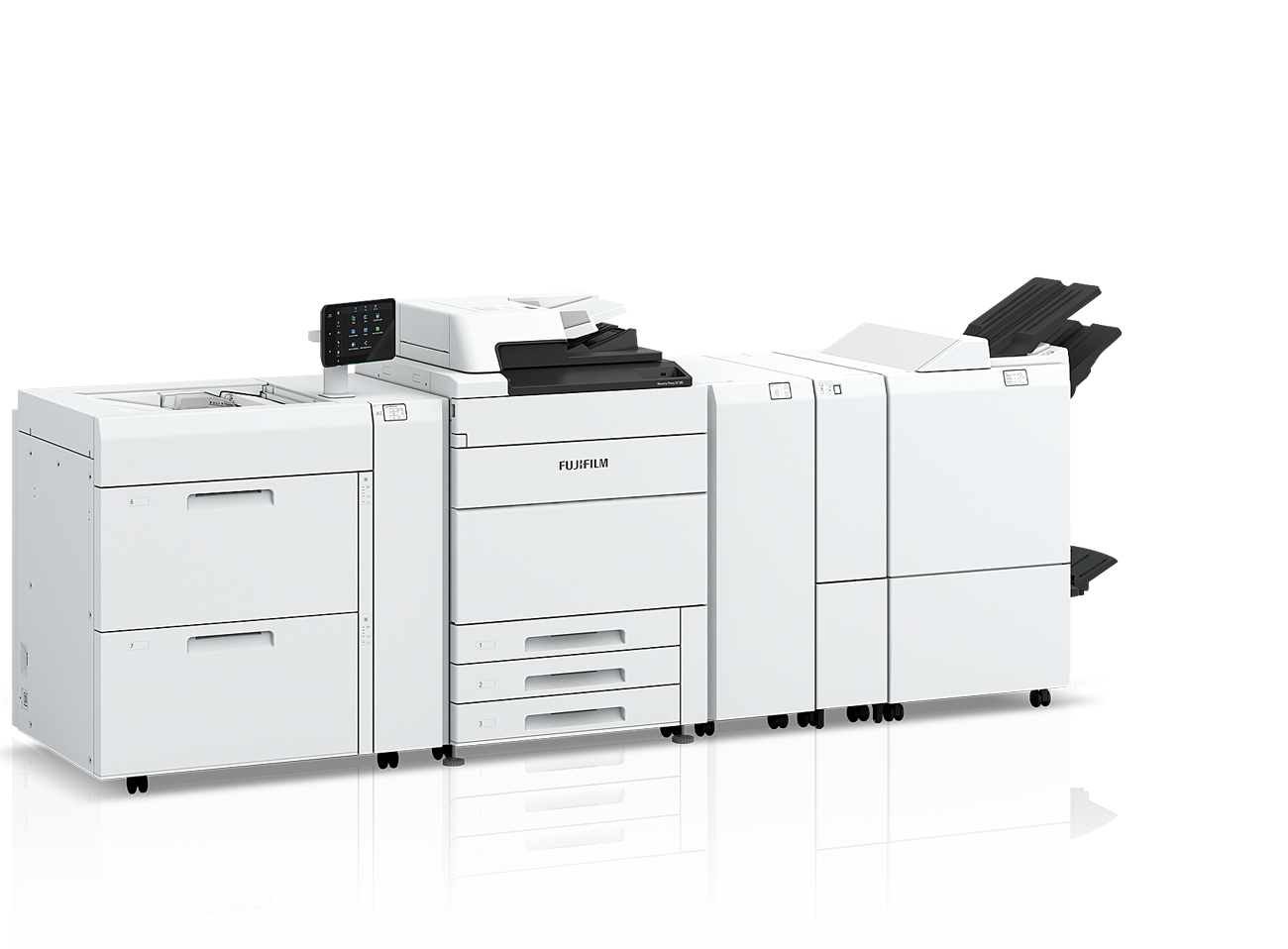
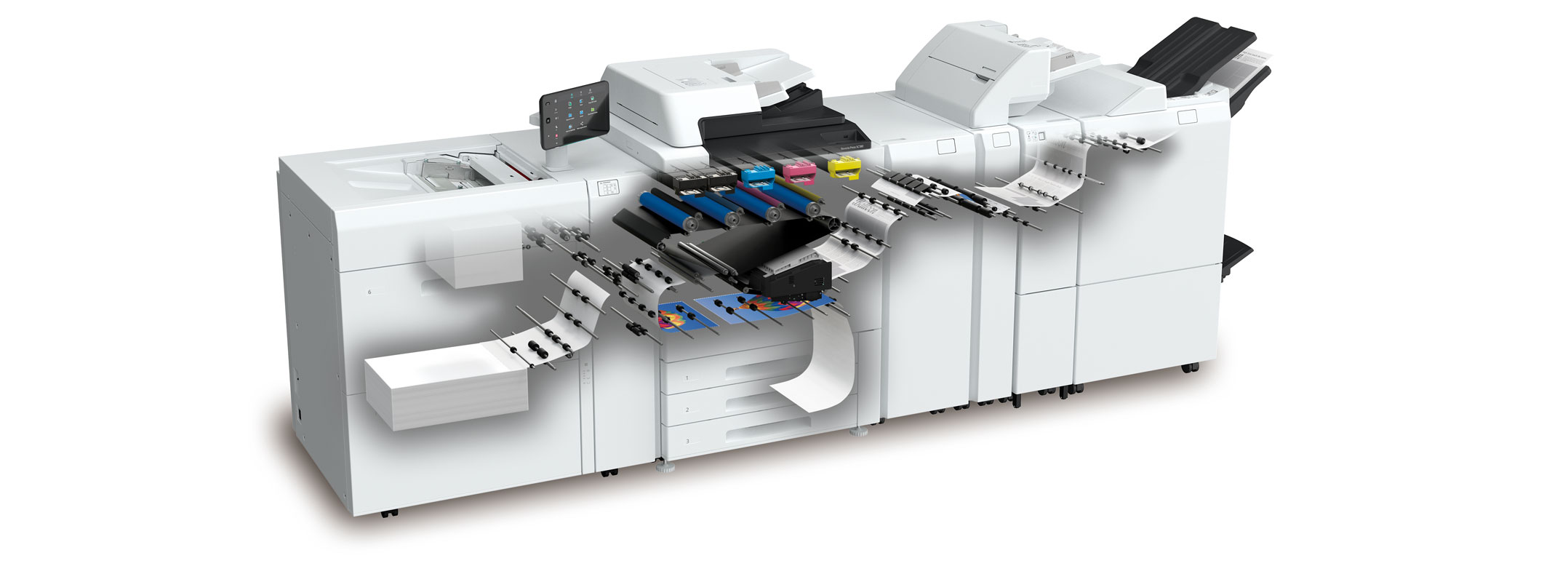
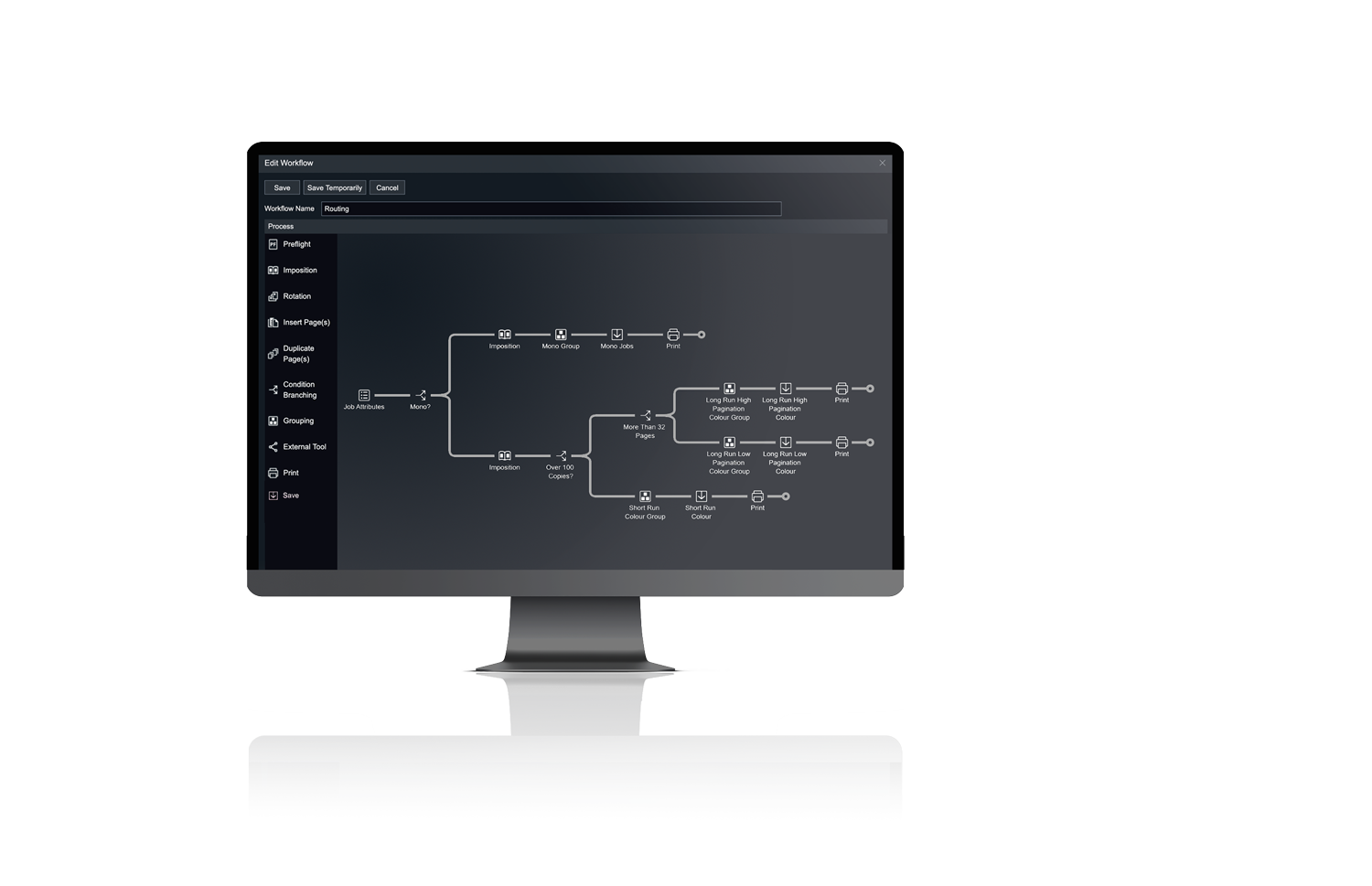
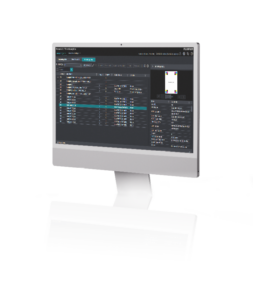 PressReady Lite provides a valuable quality control gate before printing, checking for things such as poor image resolution and the presence of RGB images, and if there are cut, trim and bleed settings in the file.But where PressReady Lite adds even more value is in its ability to not only just check for errors, but automatically fix many common problems.
PressReady Lite provides a valuable quality control gate before printing, checking for things such as poor image resolution and the presence of RGB images, and if there are cut, trim and bleed settings in the file.But where PressReady Lite adds even more value is in its ability to not only just check for errors, but automatically fix many common problems.